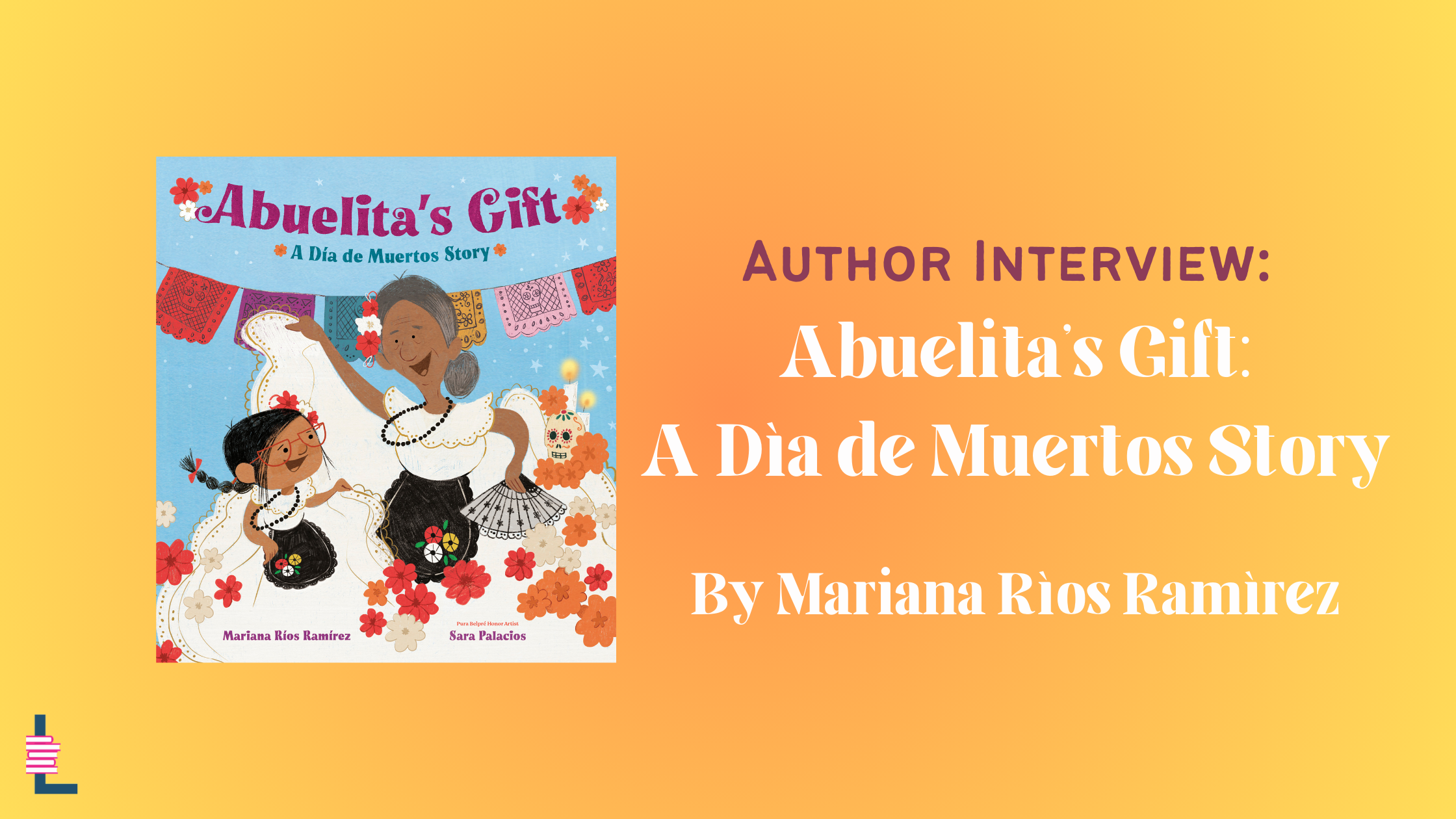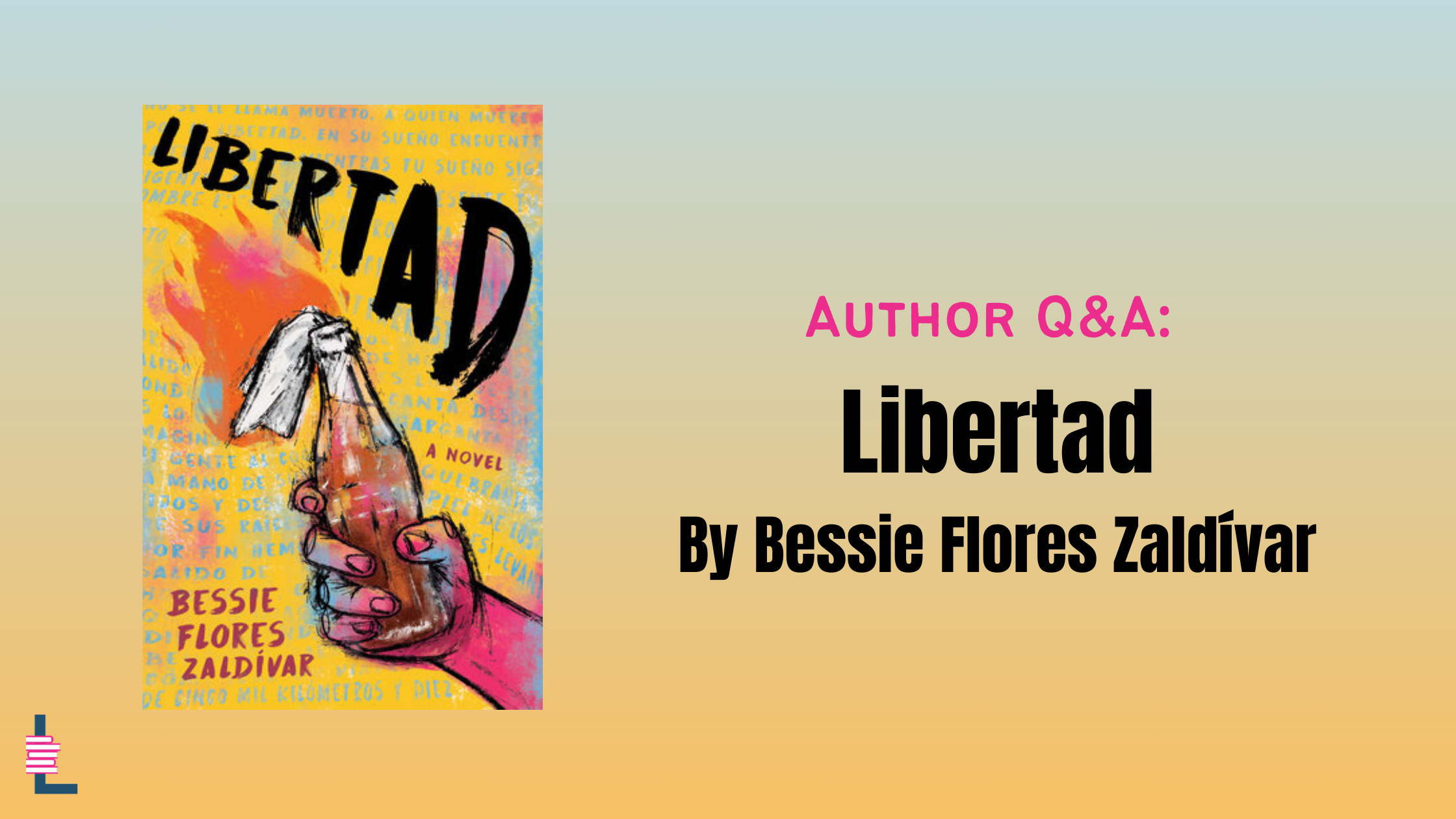It is the month to be grateful for the people in our lives, especially our chosen family. Friends are always there for us whether to share a laugh with or offer a shoulder to cry on. To help you celebrate them, check out and share these Latinx books with your friends!
Troop Esme by Lourdes Heuer|Illustrated by Marissa Valdez
Esme lives with her grandparents on the uppermost floor of the topmost best building. She has just met a future friend named Wendall who came to her door selling Troop Badger cookies. He is hoping to earn his Cookie Empresario badge. Esme thinks she would like to earn a Cookie Empresario badge too! One small problem: she is not in Troop Badger.
But Esme is a problem solver! She decides to start her own troop: Troop Esme. It will include all the neighbors in the topmost best building. And her first act as troop leader? Help Wendall sell all his cookies, of course!
A funny and delightful story about cookies, badges and most importantly, friendship.
The Chainbreakers by Julian Randall
All Violet Moon has ever wanted is to be a Reaper captain like her father. Born on the Tides of the Lost, a magical world beneath the waves of the Atlantic Ocean, Violet has spent her life at her father’s side rescuing souls lost in the water.
But when a rescue mission turns to disaster after the arrival of the dreaded Children of the Shark, weaponized ghost-sharks who steal the souls for themselves, her father is seized and pulled down into the darkness of the Depths. With no choice for Violet but to inherit the captain's powers and helm the ship as the next in line, it'll be up to her to save her father—if he even still lives—and stop the Children of the Shark before they devour the world.
A Second Chance on Earth by Juan Vidal
Have you ever encountered a book that KO’d you, Iron Mike Tyson style? One that hit you square in the face and heart like some abracadabra casting a hex from an unknown planet?
For sixteen-year-old poet and b-baller Marcos Cadena, that book is the beat-up copy of One Hundred Years of Solitude he finds among his late father’s possessions after Papi is killed in an accident.
Marcos’ papi has always loomed large in his eyes. So, when Marcos travels to his parents’ childhood home of Cartagena, Colombia to spread Papi’s ashes, he brings his father’s book with him, convinced that Gabriel García Márquez’s masterpiece holds the key to understanding Papi’s life and accepting his death.
In Cartagena, Marcos befriends eighteen-year-old Camilo, a taxi driver and fellow García Márquez fan who appoints himself Marcos’ unofficial tour guide. Together, the two boys explore the landscape of Cartagena, from the picturesque streets of Old Town to the poor neighborhood where Camilo grew up. But when Camilo reveals a troubling secret from his past, Marcos must ask himself whether everyone deserves a second chance.
Woven through with themes of friendship, family, and forgiveness, this poignant novel in verse is also a love letter to Colombia and to the books of Gabriel García Márquez.
Cross-Stitch by Jazmina Barrera|Translated by Christina MacSweeney
It was meant to be the trip of a lifetime. Mila, Citlali, and Dalia, childhood friends now college aged, leave Mexico City for the London of The Clash and the Paris of Courbet. They anticipate the cafés and crushes, but not the early signs that they are each steadily, inevitably changing.
That feels like forever ago. Mila, now a writer and a new mother, has just published a book on needlecraft—an art form so long dismissed as “women’s work.” But after learning Citlali has drowned, Mila begins to sift through her old scrapbooks, reflecting on their shared youth for the first time as a new wife and mother. What has come of all the nights the three friends spent embroidering together in silence? Did she miss the signs that Citlali needed help?
If You Ever Need a Friend: An Alebrije Story by Nadine Fonseca|Illustrated by Lourdes Villagomez
Joaquin is having a hard day at school. He struggles to speak up in class even though he knows the answers, he doesn’t feel included when trying to play soccer with his friends, and he ends up sitting alone during recess—feeling invisible.
But when he investigates a strange shimmery light by the playground slide, he is transported to a special forest filled with fantastical creatures known as alebrijes, or magic companion animals.
His friend, Imogen, introduces Joaquin to several alebrijes, and the special creatures share the ways they help people manage their emotions. One creature roars like a lion with Imogen when she feels angry and needs to let it out. Another one helps Noemi blend into the background like a chameleon when she is feeling nervous and needs a moment to herself. A third alebrije has big ears to hear all of Tío Andres’s worries.
Joaquin learns how to identify his needs and create an alebrije specifically for him, and when he returns to school, he is no longer feeling alone or invisible. With his new, fantastical friend helping him, Joaquin’s hard day is now one of his best yet.
Roxanna Cardenas Colmenares is a Venezuelan writer living in New York City who loves to consume, study, and create art. She explores multiple genres in her writing, with a special interest in horror and sci-fi, while working on her B.A. in English with a Creative Writing concentration.
Her work has made her a two-time recipient of the James Tolan Student Writing Award for her critical essays analyzing movies. She has also won The Henry Roth Award in Fiction, The Esther Unger Poetry Prize, and The Allan Danzig Memorial Award in Victorian Literature.
In her free time, she likes to watch movies, dance, and draw doodles that she hopes to be brave enough to share one day.























